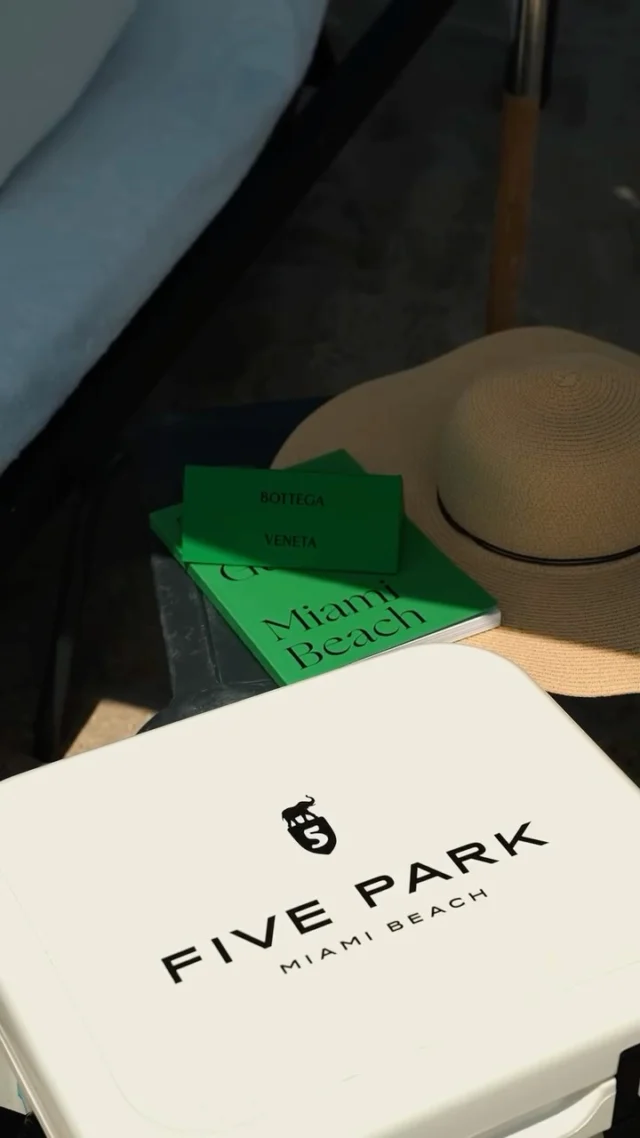With so many design options to make your home soothing and comfortable, one enduring design practice is the ancient Chinese art of Feng Shui. Pronounced “fung shway,” it literally translates into “wind-water”. Feng Shui has a 3,000-year history, and in its simplest terms, is the practice of aligning energy known as “Chi,” to optimize health, happiness, wealth and success. Dismissed by some as folklore or superstition, serious practitioners will not even consider designing a home until they have consulted with a feng shui master.
There are several different schools of feng shui practice, but balancing the elements of wood, fire, earth, metal and water is the key. Too much or too little of an element can create an unbalance of Chi, leaving a room feeling unsettled, tense, or just “off.” The most important rooms in feng shui are the bedroom, kitchen and bathroom, known as “the trinity.” These rooms incorporate strong elements of water and fire and are the cornerstones of the feng shui process.
To start creating a harmonious environment, feng shui experts recommend first de-cluttering your home. Clutter blocks the flow of Chi, leaving a home stale and stagnant. Good light should be the next focus, and windows should be clean, with no furniture, heavy drapes or outside foliage obscuring them.
The third step is to find the energy compass of your house, known as the Bagua, which is an eight-sided grid that corresponds to a specific area in your home. Each home will have weak areas, and fixes known as “remedies” are easily implemented to counteract them. Remedies include the use of mirrors, crystals, wooden flutes, lush green plants and bamboo, wooden furniture, metal objects, fountains and color.
For example, in traditional feng shui, the southeast area of your home is connected to the flow of money. For those seeking to attract more prosperity, the elements of wood and water in the southeast area of your house could be introduced by placing a wooden bench topped with a small indoor fountain. Traditional feng shui colors are red, orange, purple, pink and strong yellow. Strategic use of these colors either on a whole wall or just a piece of art is thought to cure a weak spot in a house. Those with home offices who are encouraged to paint one wall red, or incorporate strong reds into their office surroundings, as red is associated with luck and prosperity.
With all the different thoughts and opinions on feng shui, experts agree that if your home feels pleasing and serene, chances are your Chi is flowing just as it should.
by Janet Cassidy
















![Now celebrating its 50th year, the Hampton Classic continues to define late-summer tradition in the Hamptons. 🐎 With Olympic-level riders, curated boutiques, and a distinctly East End elegance, this world-class equestrian event blends athleticism and atmosphere like no other. [link in bio]](https://hamptonsrealestateshowcase.com/wp-content/uploads/sb-instagram-feed-images/538141094_18529261357030135_5272051413415244220_nfull.webp)





